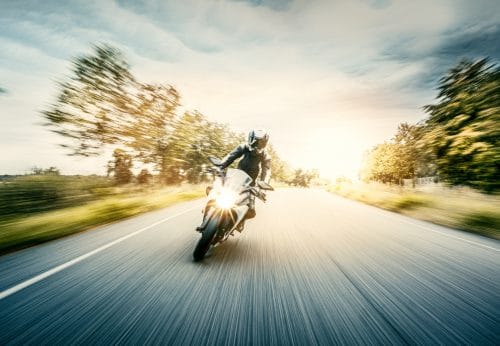
The research continues to mount up in favor of antilock braking systems (ABS) over a decade after the Insurance Institute for Highway Safety initially proposed for a federal mandate mandating street-legal motorcycles to be equipped with this lifesaving equipment.
The researchers looked at fatal collision rates for 65 motorbike models that included ABS as an option from 2013 to 2019. They discovered that bikes with the technology were involved in 22% fewer fatal incidents per 10,000 registered vehicle years. One motorbike registered for a year is equal to one registered car year.
“We’ve known for ten years that ABS saves lives and that it should be mandatory,” says IIHS Director of Statistical Services Eric Teoh, the study’s lead author. “This is our most comprehensive study to date on the subject, and it reaffirms the significance of this trait.”
More about previous studies
Teoh had previously discovered that ABS had a somewhat greater influence on fatal crash rates than he discovered in the new study. One possible explanation is that there were fewer varieties of motorbikes in the 2011 and 2013 surveys. Many more sport, unclad sport, and supersport motorcycles were included in the current study, and their riders did not profit as much from the technology as other riders. This might be due to the fact that they’re more likely to be ridden violently and at faster speeds.
Because the research only looked at bikes with ABS as an option, the results might have been distorted by the fact that a rising number of models now come standard with the technology. “The basic line is that a 22 percent influence is a huge effect,” Teoh adds. “Choosing ABS is right up there with wearing a helmet when it comes to decisions motorcyclists may make to protect themselves.”
What is ABS?
ABS, which was originally designed for airplanes, detects when severe braking threatens to put the vehicle into a skid. It then releases and applies the brakes in a sequence of fast pulses, bringing the car to a complete stop in the shortest amount of time feasible while maintaining driver control. ABS has been mandated by the federal government on big trucks since 1997, and with the 2012 requirement mandating electronic stability control, which employs the ABS hardware, it essentially became standard on passenger vehicles.
For motorcyclists, the technology can be especially useful since it prevents the rider from losing control and “laying the bike down” due to sliding and fishtailing. Though motorcyclists may learn to deal with these obstacles, the adrenaline rush of an imminent collision might make it difficult to put those lessons into practice. Riders may sometimes avoid braking forcefully out of fear of sliding out, resulting in them being unable to prevent a collision.
Many nations, notably members of the European Union, have mandated that some on-road bikes be equipped with ABS due to increasing evidence that it can assist reduce collisions. In 2013, the IIHS and its partner, the Highway Loss Data Institute, filed a formal petition with the National Highway Traffic Safety Administration to require ABS on motorcycles. That hasn’t occurred yet. However, the characteristic has become increasingly prevalent in recent years. ABS is standard on more than half of all 2020 model bikes on the road in the United States, with another quarter having it as an option.



